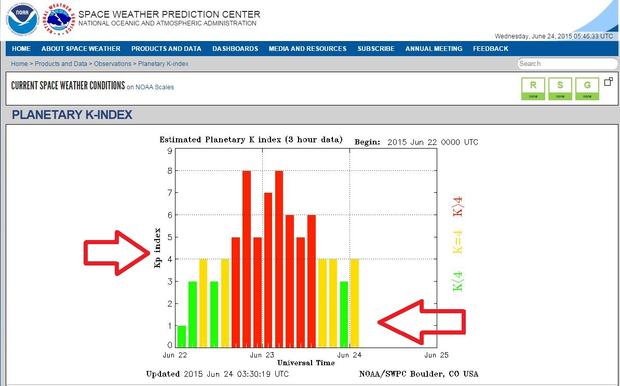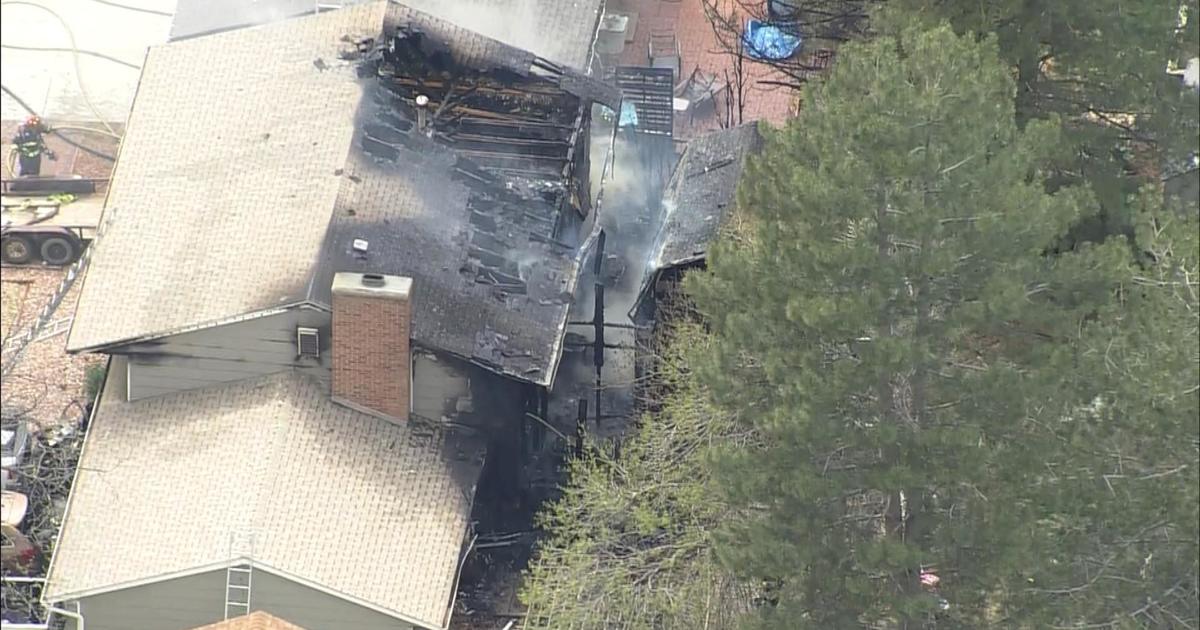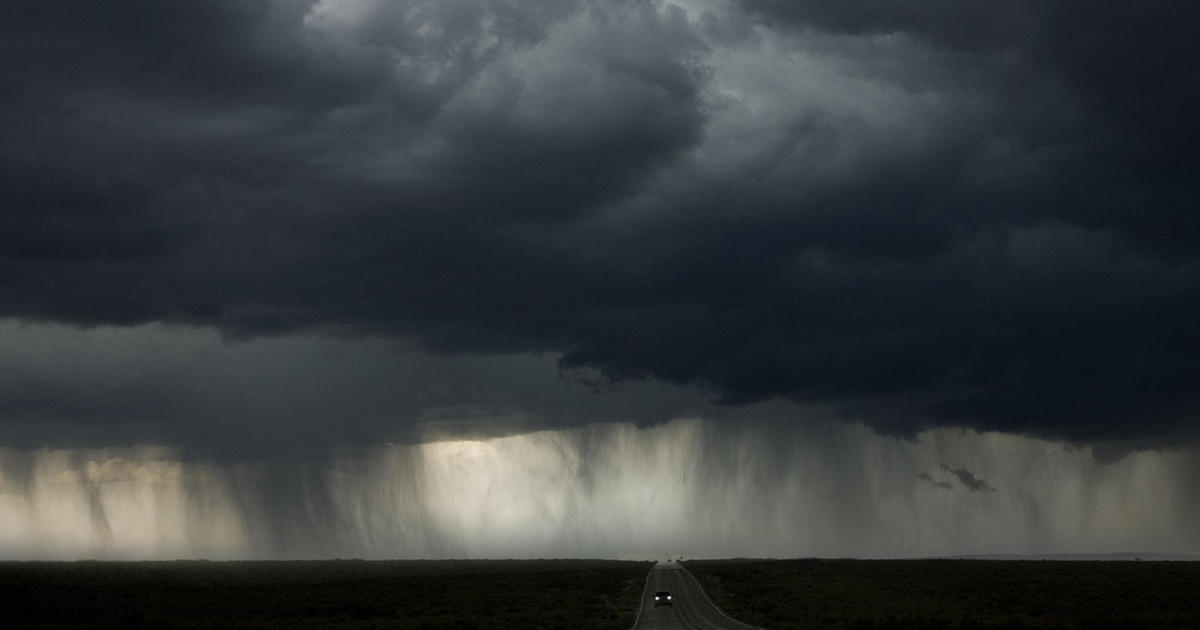2 Tools To Track Potential Viewing Of The Northern Lights In Colorado
DENVER (CBS4) - If you missed that magnificent display of the Aurora Borealis (Northern Lights) Monday night there's a chance that they'll be back again Wednesday night.
But one difference from Monday that will have to be considered is the potential for more cloud cover due to afternoon and evening thunderstorms.
Despite, the excitement builds for those with the northern lights on their bucket list as another potent geomagnetic storm with fast solar wind and a strong magnetic field will potentially bring the lights back to Earth's Northern Hemisphere.
If they materialize the million dollar question is how far south will they be seen?
The following tools will help you monitor the latest conditions and decide if its worth staying up late for the chance to witness nature's light show.
Also be sure to check the latest headlines in the center of the Space Weather Prediction Center's main page which is linked in the section below.
TOOL #1 - CHECK THE G-RATING
Geomagnetic storms are given a rating on a scale of 1-5 with 1 being a minor event and 5 being classified as extreme.
For a good viewing of the Aurora Borealis in Colorado you want the G-rating to be at least a 3, but ideally a 4 or higher.
Bookmark the Space Weather Prediction Center to see the latest G-rating.
Once there look at the top center of their page for the data called "latest observed" and the G-rating will be in the third square.
The image below shows the Space Weather Center's home page with a red arrow pointing at where to find the latest observed G-rating.
TOOL #2 - CHECK THE KP INDEX
The KP Index is used the characterize the magnitude of geomagnetic storms.
It's value is an indicator of disturbances in the Earth's magnetic field and is used to determine if alerts and warnings are needed for those who operate things like power grids and communication equipment.
It's also a great number to watch for the potential viewing of the Aurora Borealis.
"In Colorado, if the KP Index gets above 6.5, the northern lights are potentially visible in the northern part of the state under very dark skies," said Jeff Tropeano with the Denver Astronomical Society.
Numbers as high as 8 mean there is potential for the Aurora Borealis to be seen as far south as Denver with dark skies.
"If it hits 9 or higher then you better get outside fast," said Tropeano.
Bookmark the Space Weather Prediction Center's KP Index page to see the latest reading.
It will display a bar graph with recent data. The most current reading is displayed by the bar on the far right.
Once you locate that bar follow it up to where it stops and then read the corresponding number on the left side of the graph.
Remember, anything above a 6 is worth investigating but the sweet spot is closer to 8 or higher.
BE SURE TO CHECK OFTEN, SOLAR STORMS CAN RAPIDLY FLUCTUATE
Monday's storm showed high promise for a potential viewing of the Aurora Borealis in Colorado early in the day but conditions began to settle down around sunset.
Then in the late evening, around 11 p.m., conditions flared back up rapidly which allowed for a brief window of the beautiful light displays.
If you are determined to see the Aurora Borealis tonight and we end up seeing the right set of conditions come together, there's a chance that it won't last long.
It might be a good idea to keep both of the tools mentioned above open in two separate windows on your computer browser so you can check the conditions often.
Ideally you are looking for a G4 rating with a KP Index of at least 6.5, but hopefully 8 or higher.
Anything close to these values is worth investigating because you just never know when you might get lucky!
WHERE DO I GO TO SEE THEM
The key to seeing the vibrant colors of the northern lights is to find dark skies, and that means getting away from city lights.
Monday night's Aurora Borealis was visible from locations just east of metro Denver.
Some of the most vivid pictures were taken near the Arapahoe County Fairgrounds just outside of Aurora.
Areas just north and east of Denver International Airport also make for nice viewing locations.
Keep in mind that no matter where you decide to go you will want a full, unobstructed view of the north sky.
TWEET, FACEBOOK AND EMAIL PICTURES
If we do end up seeing the Northern Lights tonight CBS4 would love to see your pictures.
Send them to us via email (youreport@cbsdenver.com), Facebook or Twitter (@CBSDenver).
Use hashtags #AuroraBorealis #NorthernLights #COwx #4wx in your tweet.
Meteorologist Chris Spears writes about stories related to weather and climate in Colorado. Check out his bio or follow him on Twitter @ChrisCBS4.





